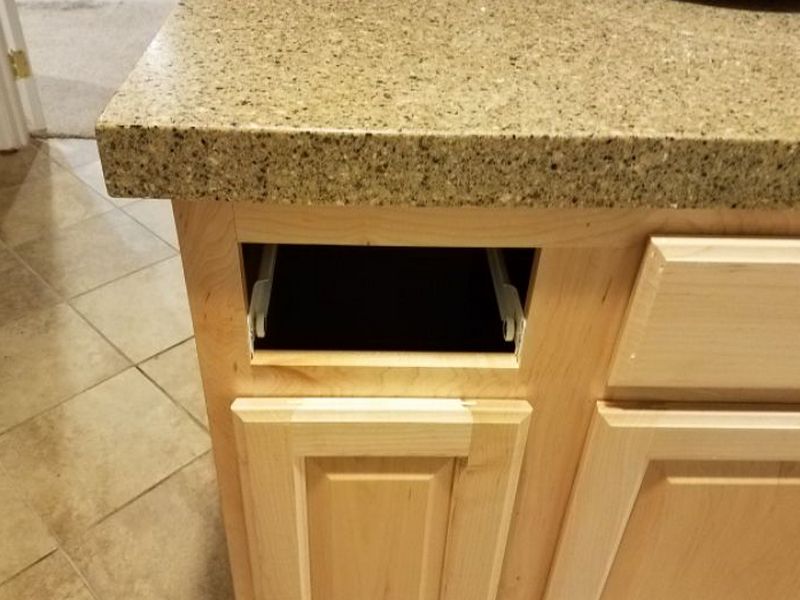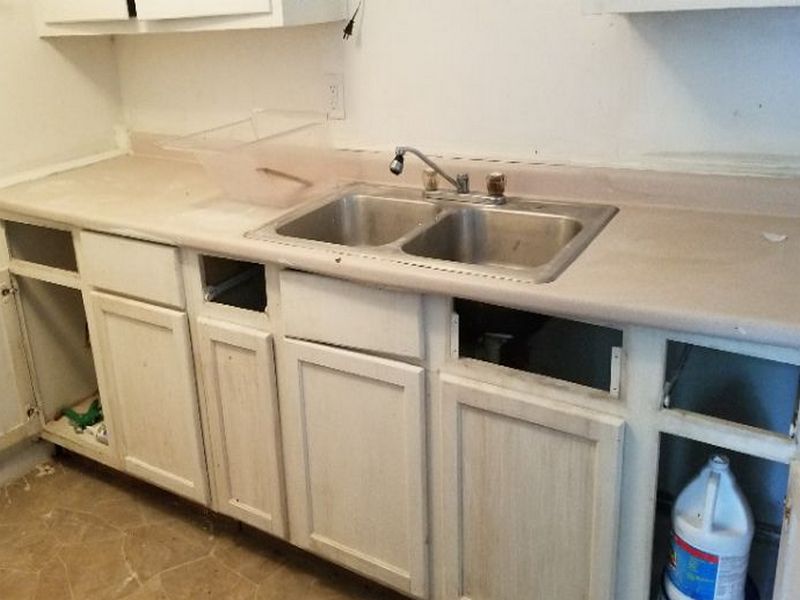Cabinets are one of the top kitchen and bathroom features that home buyers look for. They want ample amounts of functional, solid storage. We must inspect cabinetry carefully. As they can provide “bang for the bucks”, they may be lower quality. Additionally they are frequently installed improperly. It is not unusual for a large wall cabinet to be loaded with over 100 lbs of dishes. This creates the possibility of significant personal injury if the cabinet falls off of the wall. Base cabinets can tip over if incorrectly installed.
Inspect for the right attachment hardware. Nails and drywall screws are unacceptable. Cabinet screws, or screws utilizing a flat washer base are required. Look for separations in the cabinets’ frame. View from the side: is everything plumb and level? Inspect for indications that the cabinet is pulling away from the wall. Open and close doors and drawers to confirm correct operation and alignment.
The cabinet is not properly secured. Cabinet screws with a washer head are required. This is a safety hazard. Secure the cabinet using approved fasteners.
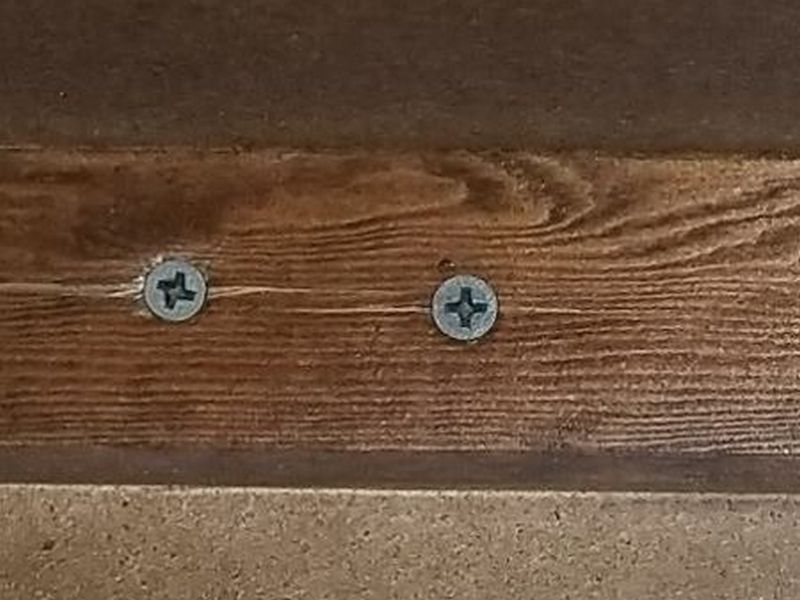
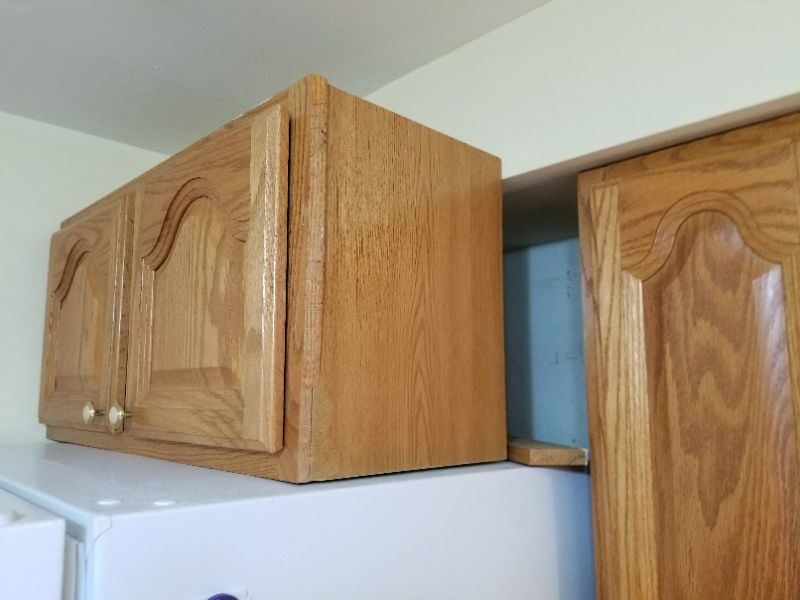
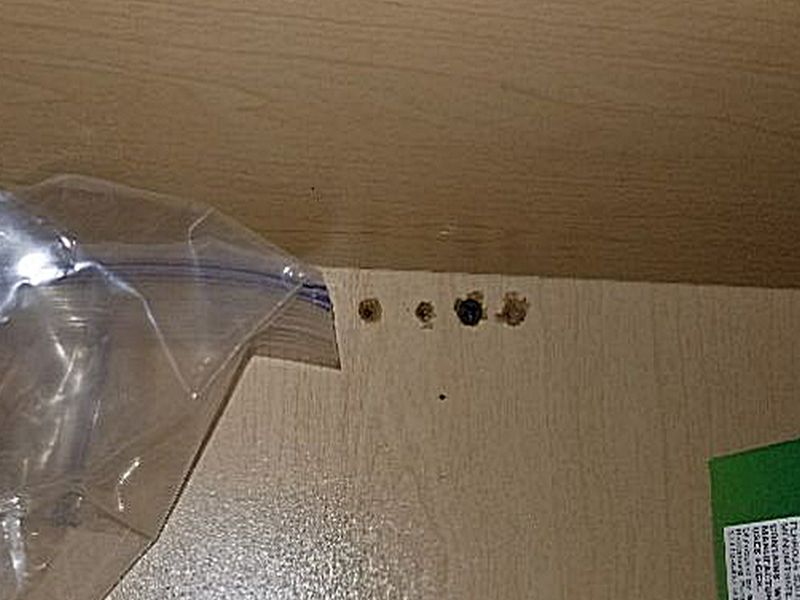
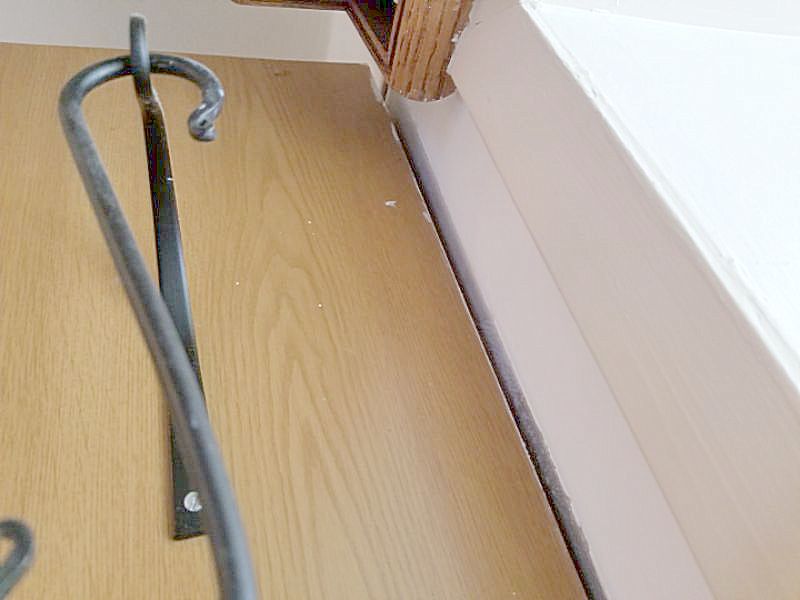
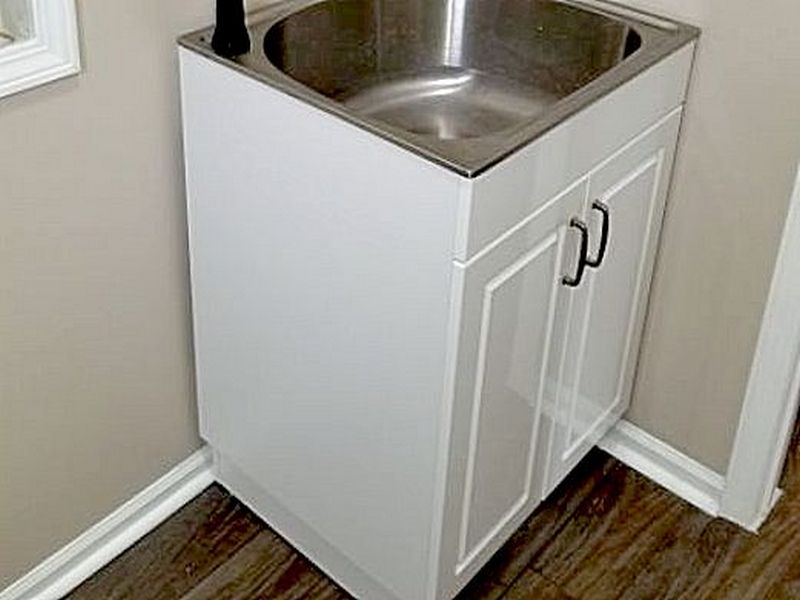
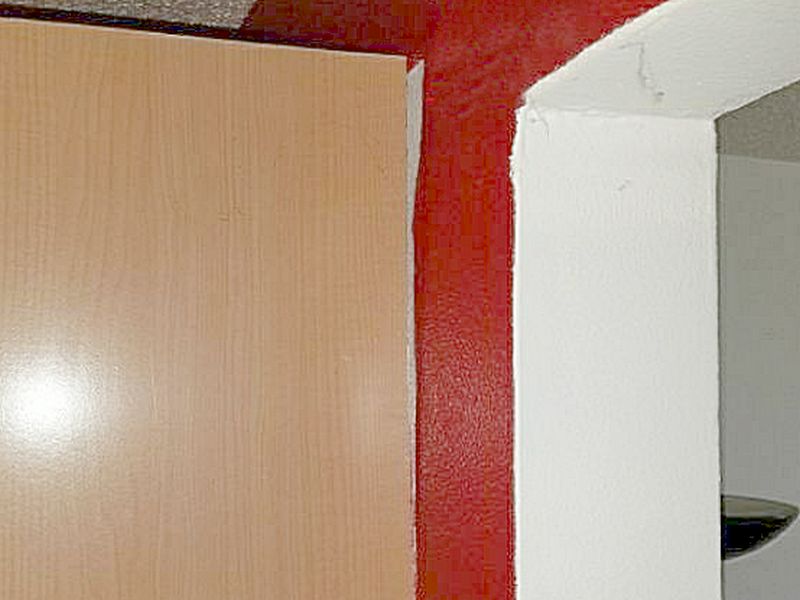
The cabinet is damaged. This affects proper function and can be a safety hazard. Repair or replace the cabinet.
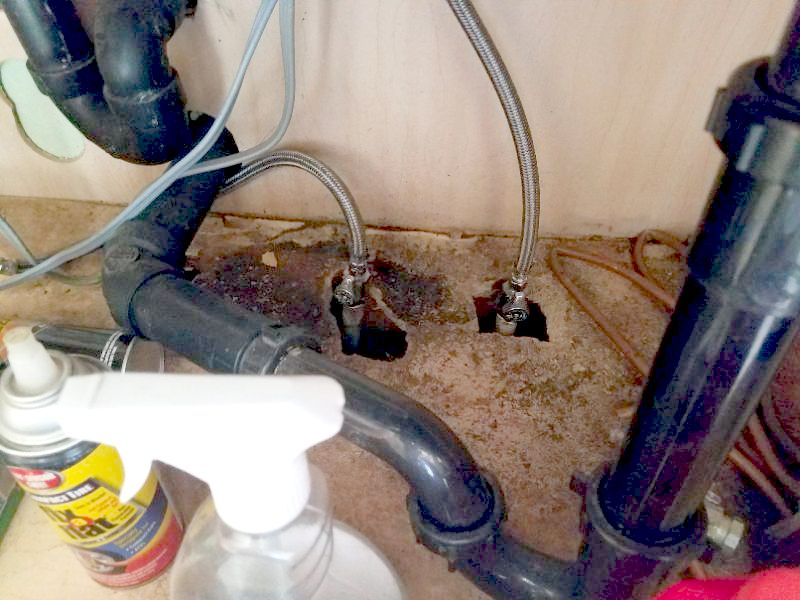
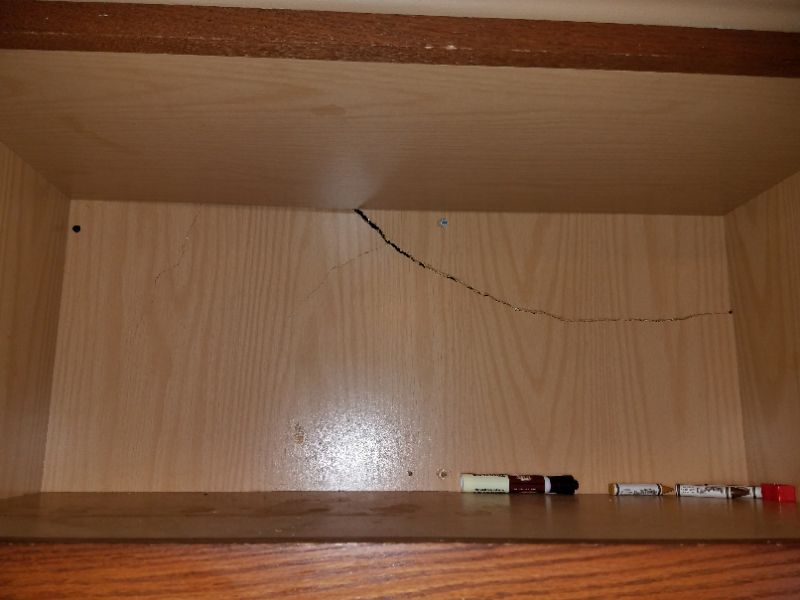
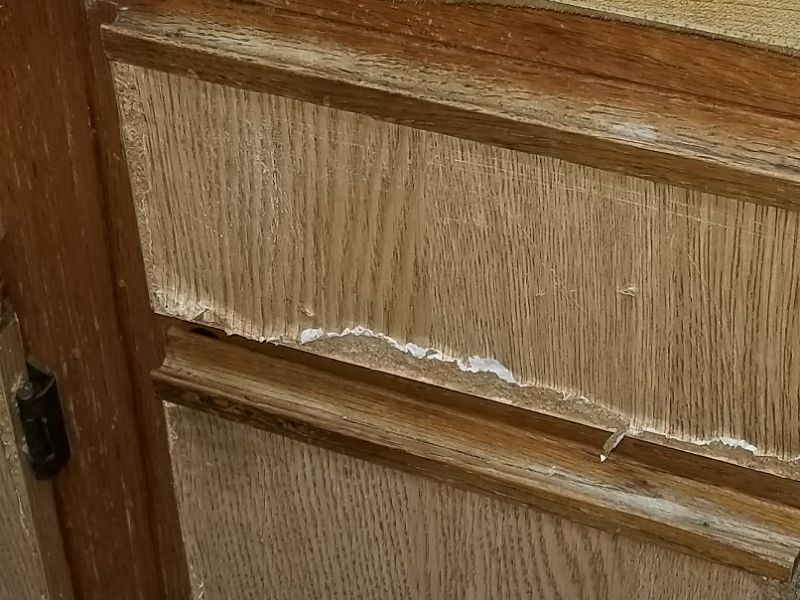
The cabinet door requires minor adjustments to work freely and to close properly. Adjust the door.
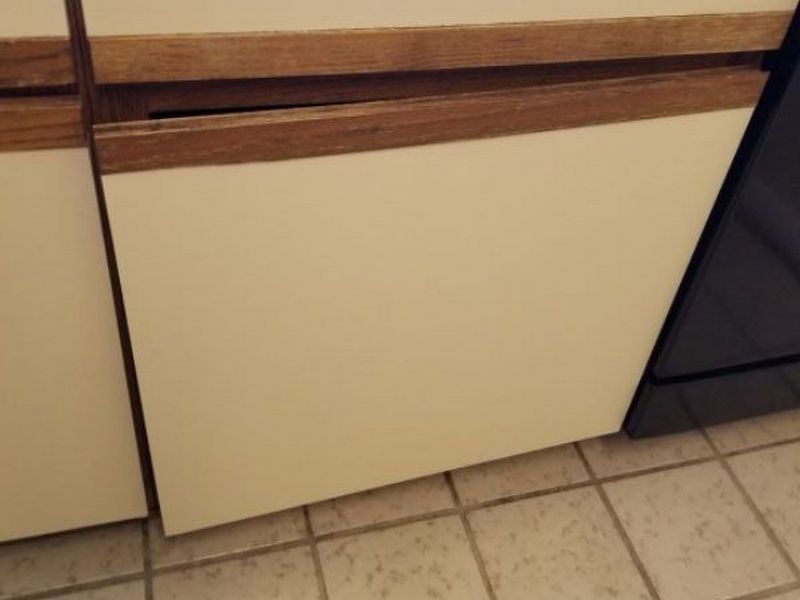
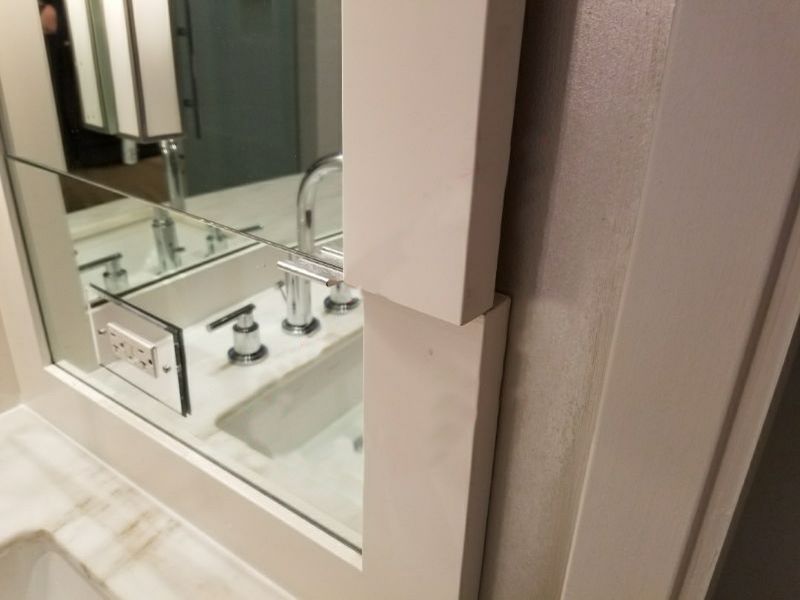
The cabinet door is loose or damaged. Secure or replace the door.
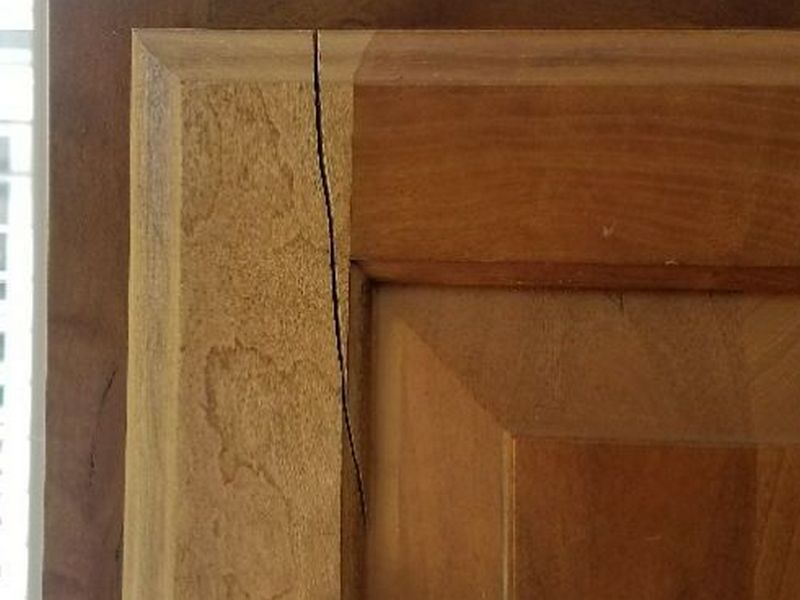
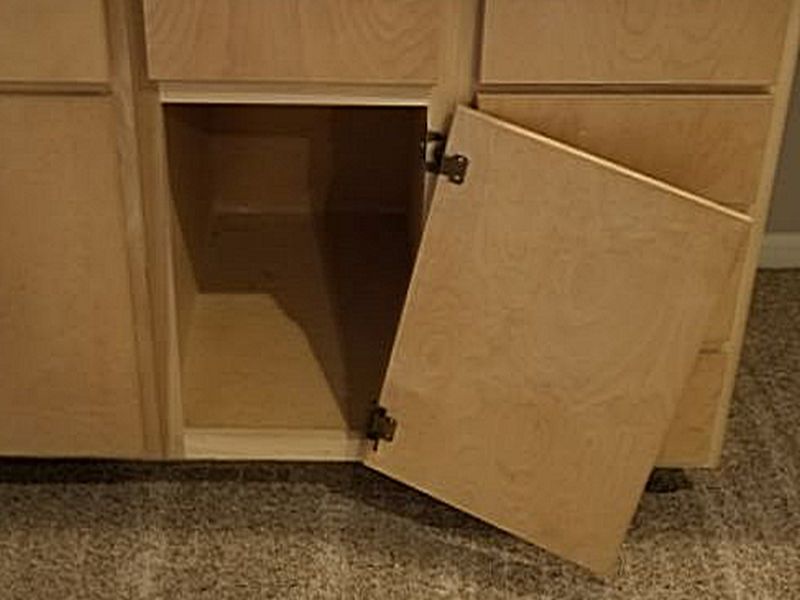
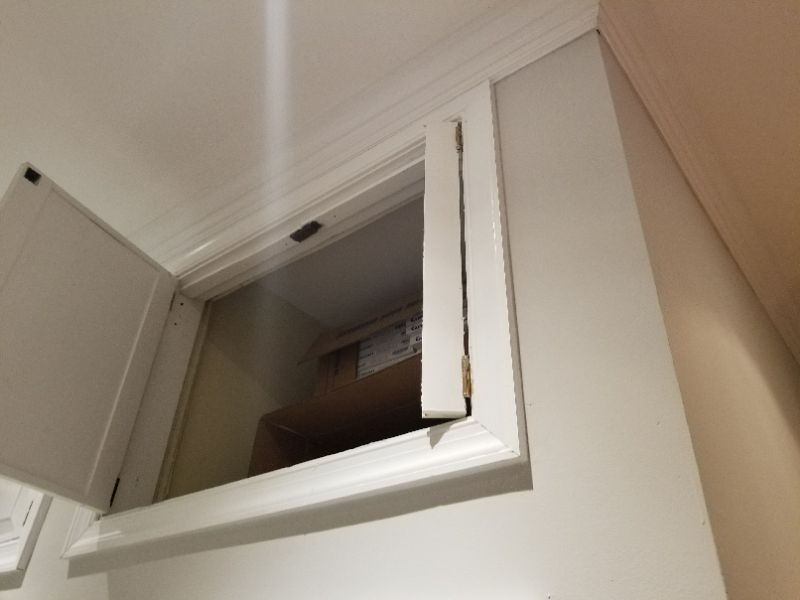
The cabinet door hinge is broken. Replace the door hinge.
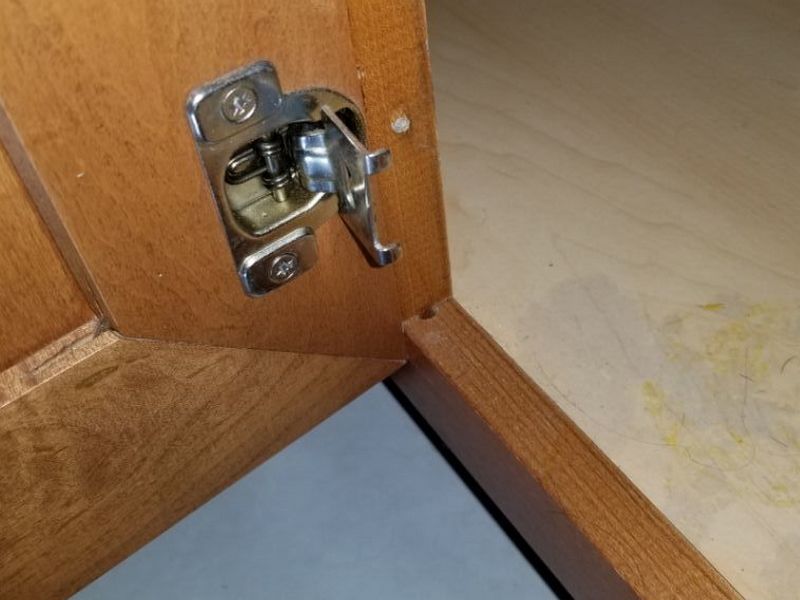
The cabinet door hinge is missing. Replace the door hinge.
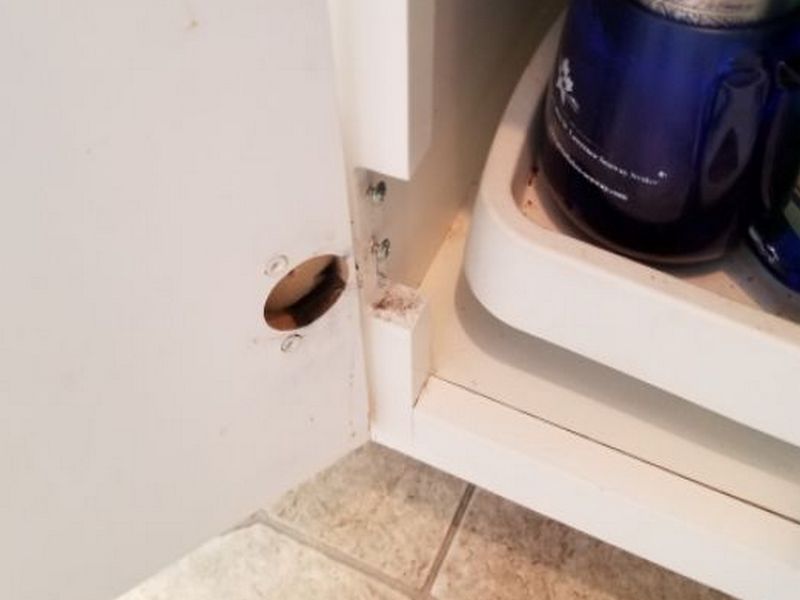
The cabinet door pull is loose or damaged. Secure or replace the door pull.
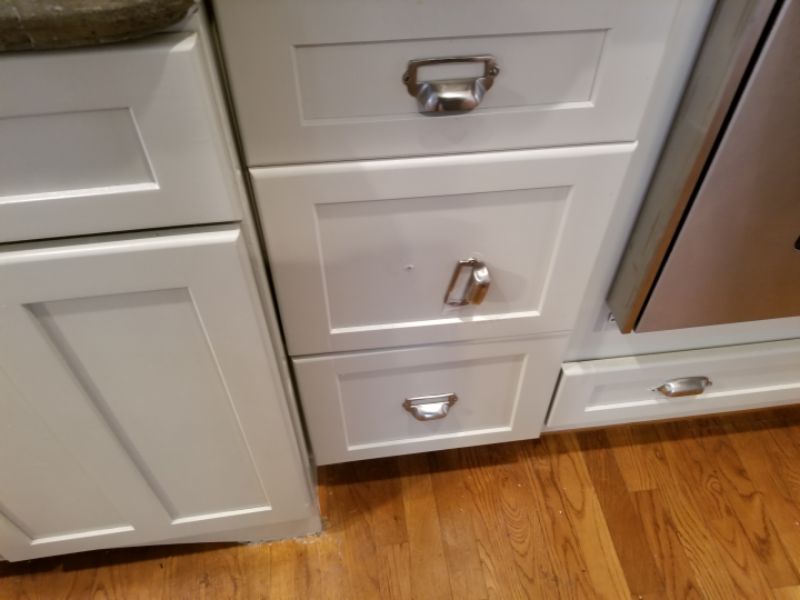
The cabinet door pull is missing. Replace the door pull.
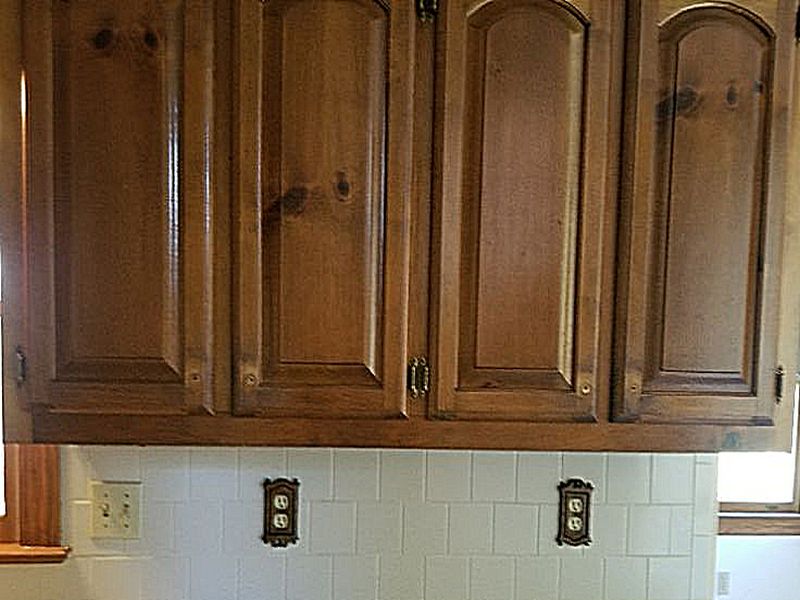
The cabinet door is missing. Replace the door.
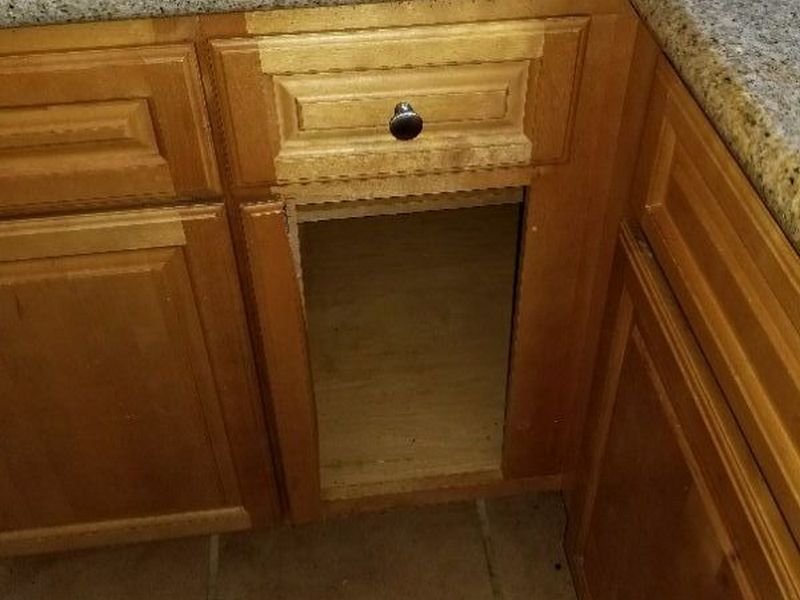
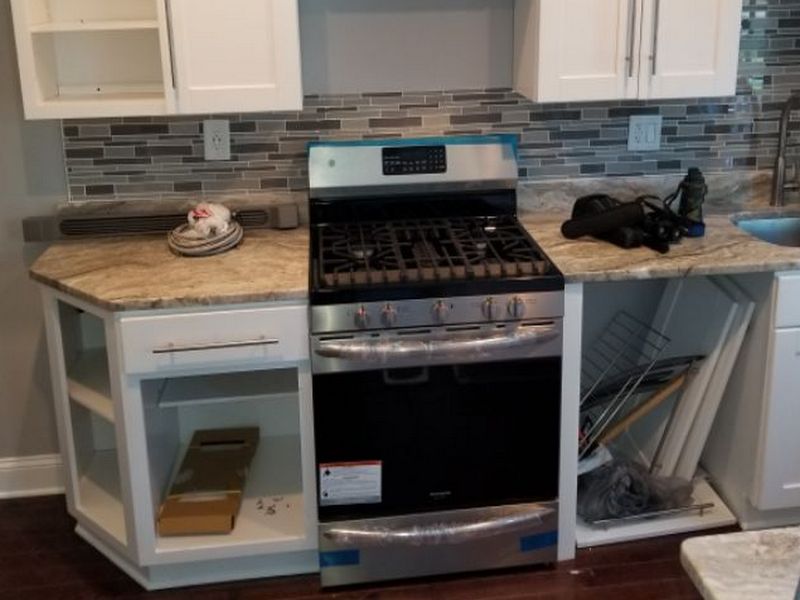
The cabinet drawer is inoperative. Repair or replace the drawer.
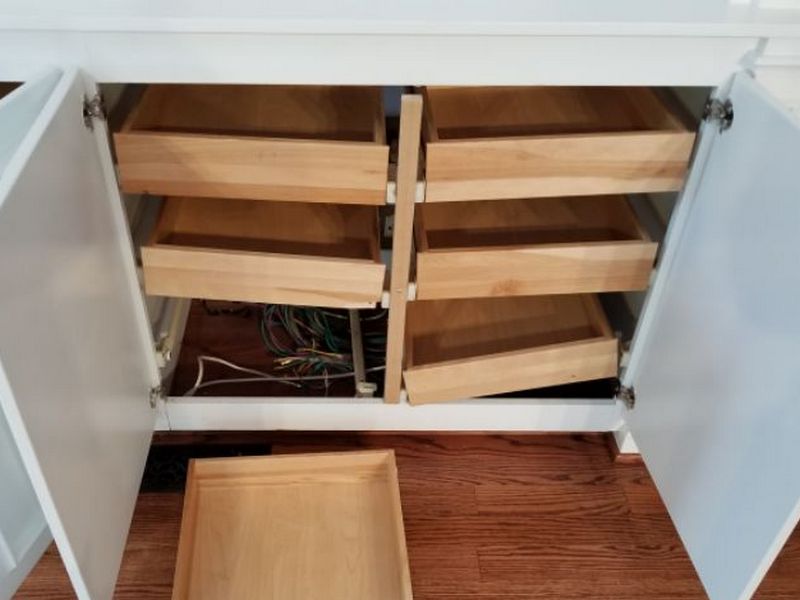
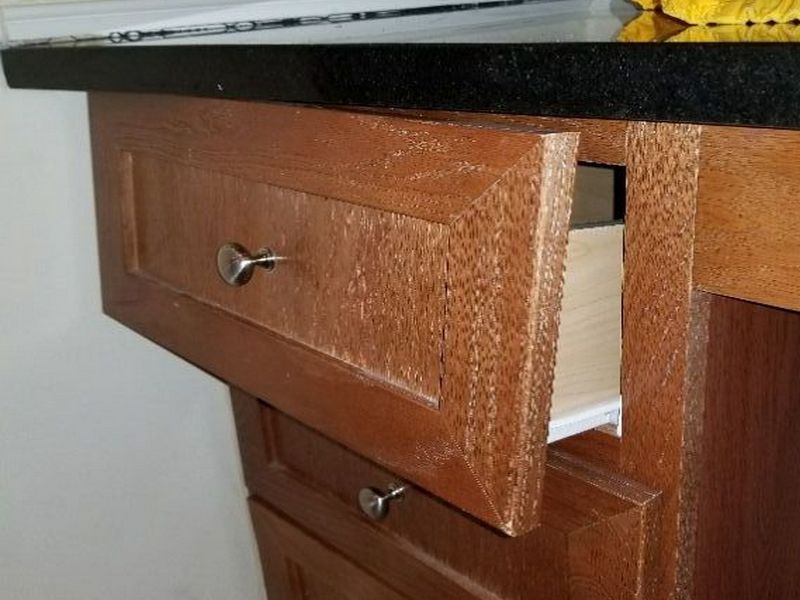
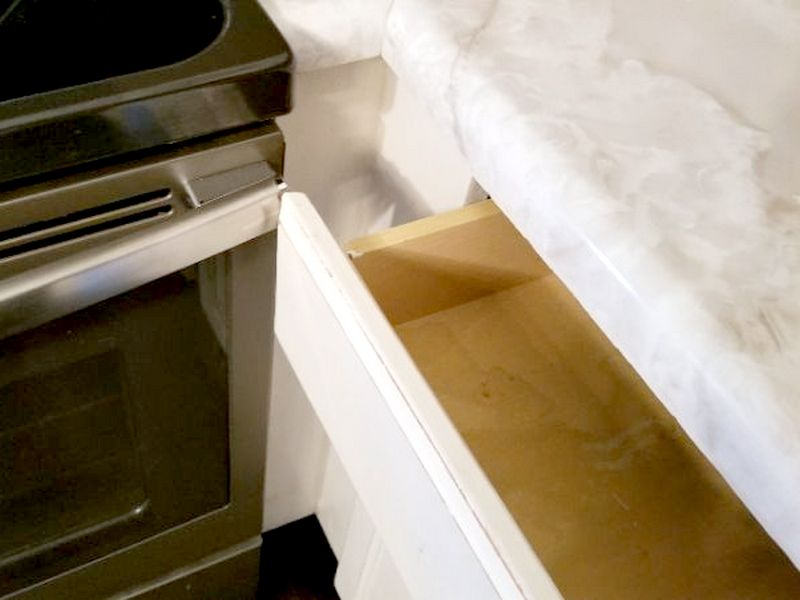
The cabinet drawer is missing. Replace the drawer.
